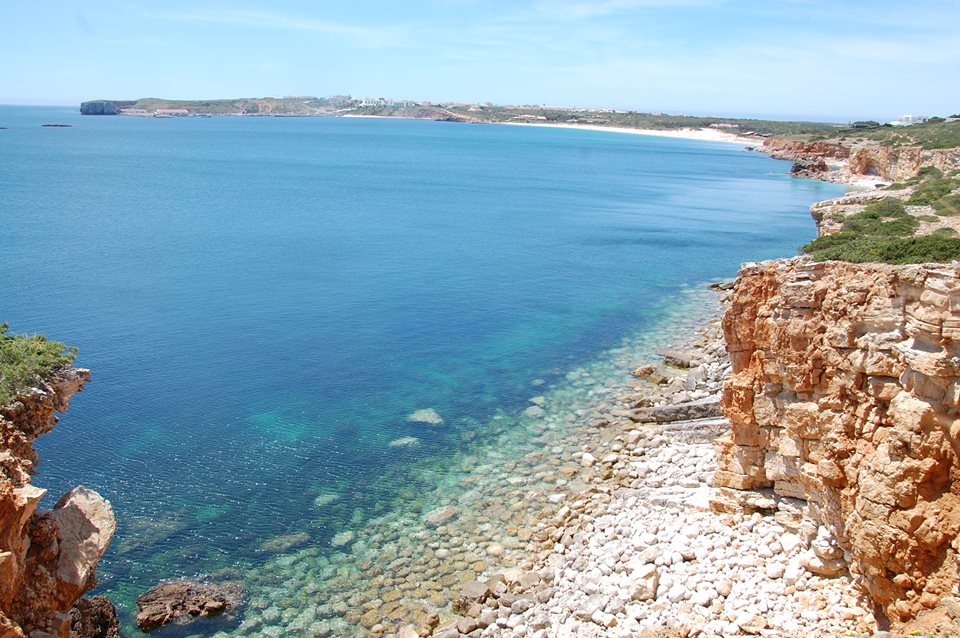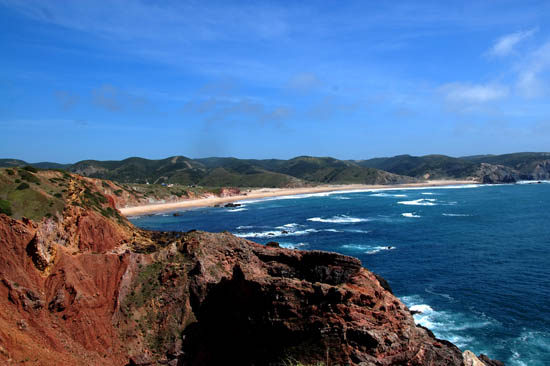 A ZERO – Sustainable Terrestrial System Association identified 71 beaches ZERO pollution in Portugal, which means that no contamination was detected in the analyzes carried out over the last three bathing seasons. This figure represents 12 percent of the total of 579 bathing areas existing in 2016.
A ZERO – Sustainable Terrestrial System Association identified 71 beaches ZERO pollution in Portugal, which means that no contamination was detected in the analyzes carried out over the last three bathing seasons. This figure represents 12 percent of the total of 579 bathing areas existing in 2016.
The municipalities with the highest number of beaches with ZERO pollution are Vila Nova de Gaia and Vila do Bispo (6 beaches) and Aljezur (5 beaches). The Algarve, with 29 beaches on this list, is the region with the most pollution-free bathing areas.
In the Algarve, Albufeira has two ZERO pollution beaches (Inatel and Olhos de Água), Aljezur has five (Amado, Amoreiras-Mar, Arrifana, Monte Clérigo and Odeceixe-Mar), Castro Marim has two (Cabeço and Praia Verde), Loulé has two (Loulé-Velho and Vale do Lobo), Olhão has two (Armona and Fuzeta-Mar), Portimão has three (Alvor-Nascente, Alvor-Poente and Carianos), Silves has one (Praia Grande-Nascente), Tavira has four (Barril, Cabanas-Mar, Ilha de Tavira-Mar and Terra Estreita), Vila do Bispo has six (Almádena-Cabanas Velhas, Boca do Rio, Furnas, Mareta, Martinhal and Zavial), and Vila Real de Santo António has two ( Factory-Sea and Lotta).
This unprecedented analysis by the ZERO Association took into account the parameters of the legislation in force and concluded that there are 67 coastal bathing areas, three inland and one transitional (estuary, that of the Farol, in Vila Nova de Milfontes) with ZERO pollution.
Although it is extremely difficult to obtain an unharmed record over three years in inland bathing areas, which are much more susceptible to microbiological pollution, there are three beaches in this situation: Vale do Rossim, in Gouveia, Fraga da Pegada, in Macedo de Cavaleiros, and Zaboeira , in the Castelo do Bode reservoir, in Vila de Rei.
What is a ZERO Pollution Beach?
 Based on data requested from the Portuguese Environment Agency, the ZERO Association identified the beaches that, over the last three bathing seasons, not only had always been classified as “Excellent” but also presented values of zero or less than the detection limit in all analyzes carried out. to the two microbiological parameters controlled and provided for in the legislation (Escherichia coli e intestinal enterococci).
Based on data requested from the Portuguese Environment Agency, the ZERO Association identified the beaches that, over the last three bathing seasons, not only had always been classified as “Excellent” but also presented values of zero or less than the detection limit in all analyzes carried out. to the two microbiological parameters controlled and provided for in the legislation (Escherichia coli e intestinal enterococci).
That is, in all the analyzes carried out, no colony forming unit was detected.
Three years corresponds to the minimum period usually required by Directive 2006/7/EC of the European Parliament and of the Council of 15 February 2006 on the management of the quality of bathing water in order to carry out the classification of the quality of the bathing area.
Three alerts for the bathing season
ZERO selected three aspects that it considers crucial at the beginning of the bathing season in many beaches:
>>For environmental and safety reasons, only beaches classified as bathing areas should be visited, where there is surveillance and where the quality of the water is known;
>>No waste should be left on the beach and, preferably, it should be sent through selective collection. More than 80 percent of the 12,2 million tons of plastic that enters the marine environment each year comes from land-based sources, with the largest contributor being plastic waste, including items such as beverage bottles and other types of packaging;
>>The landscape and ecosystems surrounding the bathing areas must be preserved, avoiding the trampling of dunes or other sensitive areas.


















Comments